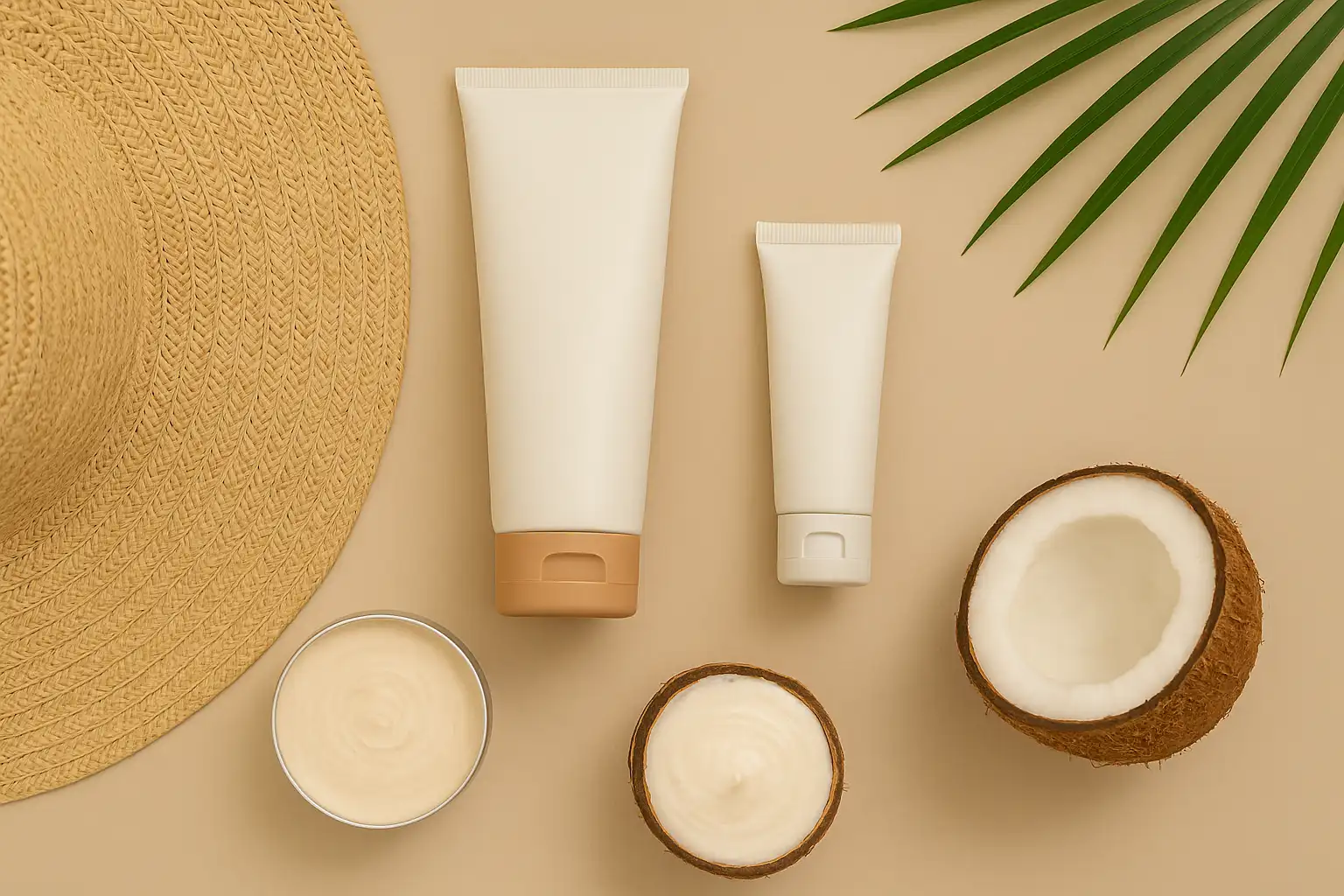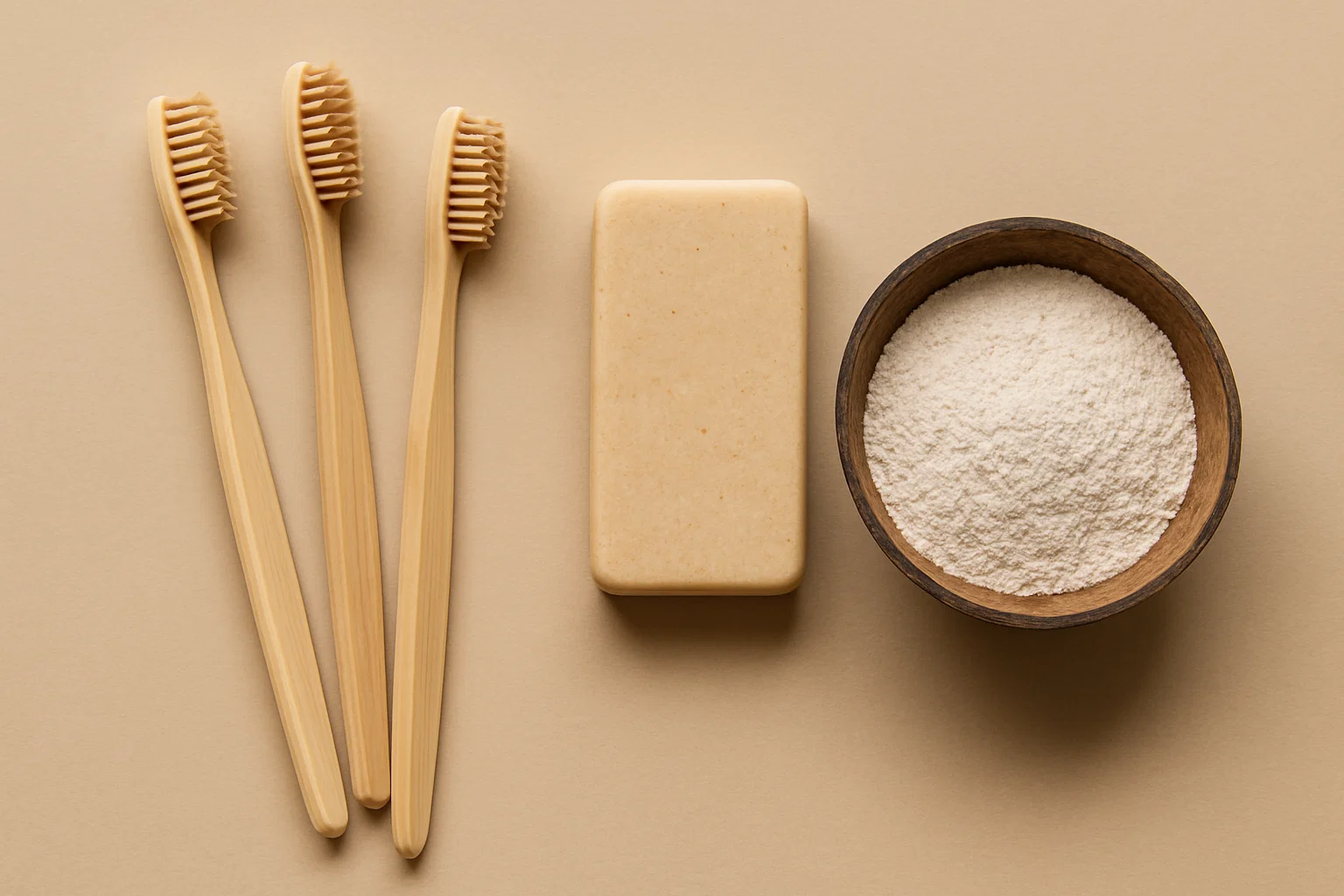Navigating the World of Natural Deodorants - What Truly Works and What Falls Flat

The quest for a truly effective and natural deodorant can feel like a rite of passage for the eco-conscious individual. The desire to move away from conventional antiperspirants, often containing aluminum compounds, and embrace more plant-based and mineral-rich alternatives is strong. However, the journey is often paved with initial disappointments – the dreaded mid-day odor breakthrough, the uncomfortable textures, and the lingering question: can a natural deodorant really keep me feeling fresh all day?
This exploration delves deep into the world of natural deodorants, separating the hype from the reality. We will examine the science behind body odor, dissect the common ingredients found in natural formulations, and provide honest insights into what truly works and what might leave you wanting more. Our objective is to educate, encourage, and inspire you to navigate this often-challenging landscape with knowledge and confidence, ultimately finding a natural deodorant that effectively supports your well-being and aligns with your sustainable values.
Understanding the Root of the Issue: The Science of Body Odor
Before we dive into solutions, it's crucial to understand the problem. Sweat itself is odorless. Body odor arises when sweat, particularly apocrine sweat produced in areas like the armpits, mixes with bacteria naturally present on our skin. These bacteria break down the sweat molecules, releasing byproducts that have characteristic smells. Therefore, the primary goal of a deodorant (as opposed to an antiperspirant, which aims to block sweat production) is to inhibit the growth of odor-causing bacteria or neutralize the odor they produce.
The Arsenal of Natural Ingredients: What You'll Commonly Find
Natural deodorants harness the power of various plant-based and mineral ingredients to tackle odor. Here's a breakdown of some common players and their mechanisms:
- Baking Soda (Sodium Bicarbonate): This alkaline powerhouse is a popular ingredient known for its ability to neutralize odors and inhibit bacterial growth. It's highly effective for many, but its alkalinity can be irritating for sensitive skin in some individuals, leading to redness or rash.
- Arrowroot Powder and Cornstarch: These starches are primarily used to absorb moisture, helping to keep the underarms drier. While they don't directly combat odor-causing bacteria, a drier environment can make it less hospitable for them to thrive.
- Magnesium Hydroxide: A milder alkaline alternative to baking soda, magnesium hydroxide helps to neutralize odor without the same level of potential irritation for sensitive skin.
- Zinc Ricinoleate: This salt derived from castor oil traps and absorbs odor molecules, effectively masking them without necessarily inhibiting bacterial growth. It's generally well-tolerated.
- Activated Charcoal: Known for its absorbent properties, activated charcoal can help to draw out impurities and absorb odor molecules.
- Clay (e.g., Bentonite, Kaolin): Similar to activated charcoal, clays can help to absorb moisture and toxins, potentially reducing odor.
- Essential Oils: Many essential oils, such as tea tree, lavender, eucalyptus, and citrus oils, possess antimicrobial and antifungal properties that can help to inhibit the growth of odor-causing bacteria. They also contribute natural fragrances. However, some essential oils can be irritating to sensitive skin, so concentration and individual sensitivity are important factors.
- Plant Extracts (e.g., Witch Hazel): Some plant extracts have astringent and antimicrobial properties that can help to control odor and reduce moisture.
The Reality Check: What Works Effectively (for Most)
While individual body chemistry plays a significant role in deodorant efficacy, certain natural ingredients and formulations tend to be more consistently effective for a broader range of people:
- Baking Soda (with Caution): For those who can tolerate it, baking soda remains a potent odor neutralizer. However, starting with a low concentration and monitoring for any irritation is crucial. Many effective natural deodorants use baking soda as a primary active ingredient.
- Magnesium Hydroxide Formulations: Deodorants relying on magnesium hydroxide often strike a good balance between odor control and gentleness, making them a viable option for those with some sensitivity to baking soda.
- Zinc Ricinoleate Combinations: When combined with moisture-absorbing ingredients and perhaps mild antimicrobials like certain essential oils, zinc ricinoleate can be surprisingly effective at trapping and neutralizing odors throughout the day.
- Well-Formulated Essential Oil Blends: When used at appropriate concentrations and in combination with other odor-fighting ingredients, certain essential oils can contribute to both odor control and a pleasant natural scent.
The Disappointments: What Often Falls Short
The natural deodorant landscape also includes ingredients and approaches that may not be consistently effective for everyone:
- Solely Relying on Fragrance: While essential oils provide natural scents, a deodorant that only masks odor without addressing the underlying bacterial activity is unlikely to provide long-lasting freshness.
- Overly Diluted or Ineffective Antimicrobials: Some natural formulations may contain essential oils or plant extracts at concentrations too low to significantly inhibit bacterial growth.
- Insufficient Moisture Absorption Alone: While staying dry can help, deodorants that only focus on absorbing sweat without tackling the bacteria may not fully address odor, especially during periods of increased activity.
- Simple Salt or Crystal Deodorants (Potassium Alum): While often marketed as natural, the effectiveness of these mineral salts can vary greatly depending on individual body chemistry and sweat levels. They primarily work by creating an acidic environment that inhibits bacterial growth, but may not be strong enough for everyone.
Finding Your Holy Grail: Tips for Success
The journey to finding your perfect natural deodorant often involves some experimentation. Here are tips to increase your chances of success:
- Consider Your Activity Level: If you engage in intense physical activity, you might need a more potent formulation.
- Patch Test: Before applying a new natural deodorant liberally, perform a patch test on a small area of skin to check for any irritation.
- Allow for an Adjustment Period: When switching from conventional antiperspirants, your body might go through a detoxification period as it adjusts to sweating naturally. This can sometimes result in temporary increased odor. Be patient and allow a few weeks for your body to regulate.
- Reapplication is Okay: Natural deodorants may not have the same staying power as strong antiperspirants. Don't hesitate to reapply as needed throughout the day, especially after intense activity.
- Read Reviews and Research Ingredients: Pay attention to what other users with similar activity levels and skin sensitivities are saying. Understand the function of each ingredient in the formulation.
- Consider Different Formulations: Natural deodorants come in various forms – sticks, creams, sprays, and roll-ons. Experiment to find the texture and application method you prefer.
The quest for an effective natural deodorant is a personal one, but with knowledge and a willingness to experiment, a truly sustainable and odor-controlling solution is within reach. By understanding the science of body odor, the mechanisms of natural ingredients, and the realities of what truly works, you can navigate the world of natural deodorants with greater confidence and ultimately find a product that supports your health and aligns with your commitment to a greener lifestyle.
Related Blogs

Stepping Lightly into Self-Care: Your Expansive Guide to the Best Zero-Waste Personal Care Swaps for Beginners
Insights on best zero-waste personal care swaps for beginners in a sustainable way.

Shielding Your Skin, Protecting Our Oceans: The Essential Guide to Clean, Reef-Safe Sunscreens
Insights on clean sunscreens that don’t harm coral reefs in a sustainable way.

A Guide to Eco-Conscious Period Products
Insights on eco-conscious period products in a sustainable way.

Scenting Sustainably: Choosing Eco-Friendly Alternatives to Perfume in Plastic Atomizers
Opt for solid perfumes, refillable glass bottles, or essential oil blends for fragrance without microplastics.

Smile Sustainably: Your Guide to Eco-Friendly Alternatives to Plastic Toothbrushes
Choose bamboo toothbrushes, recyclable heads, or miswak sticks for plastic-free dental care.

Uncomplicating Your Glow: Your Guide to Building a Minimalist Skincare Routine
Practical advice and actionable tips for how to build a minimalist skincare routine.
Stay in the Loop
Get tips and insights tailored to your interests — no spam, just sustainability.